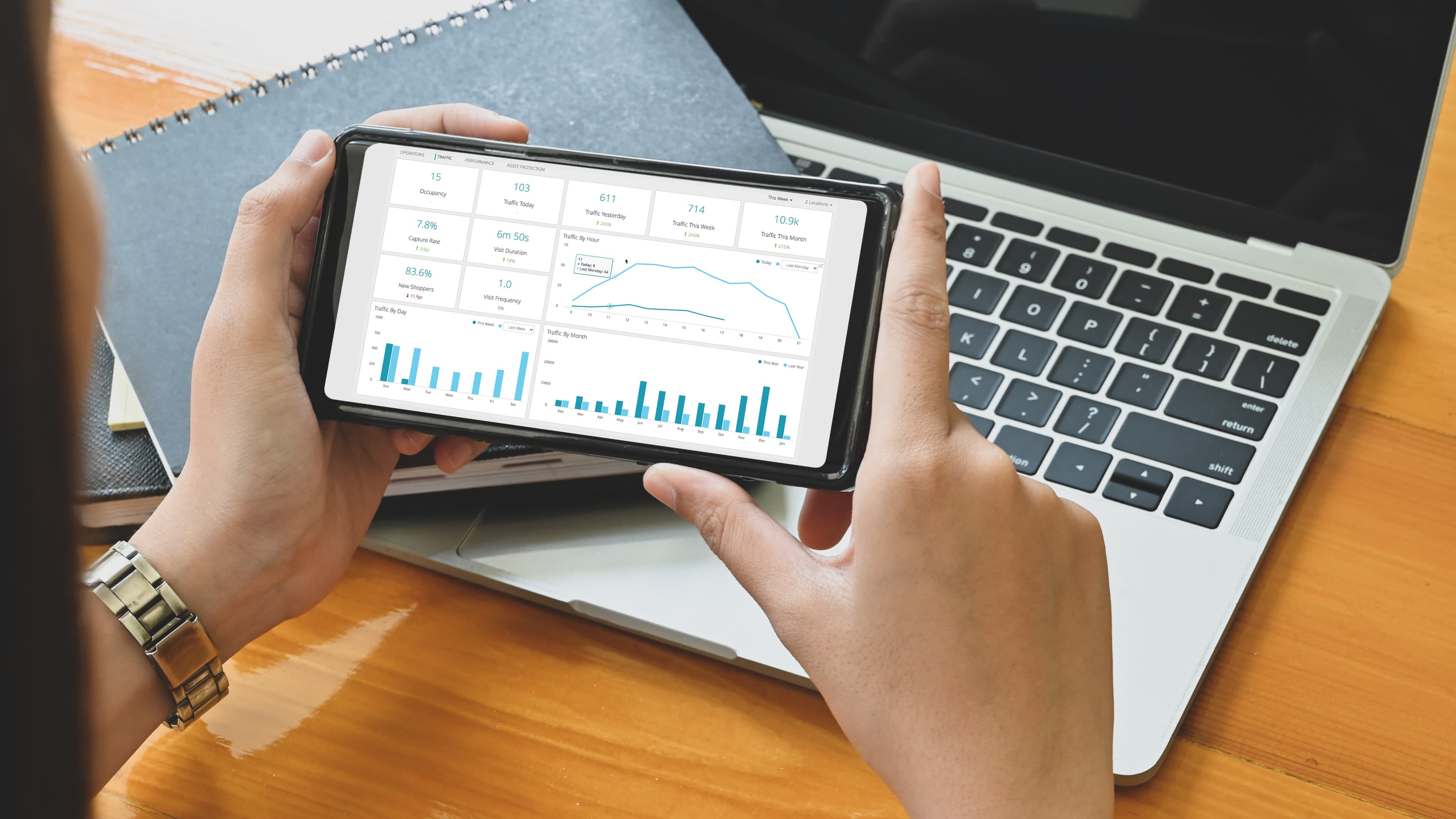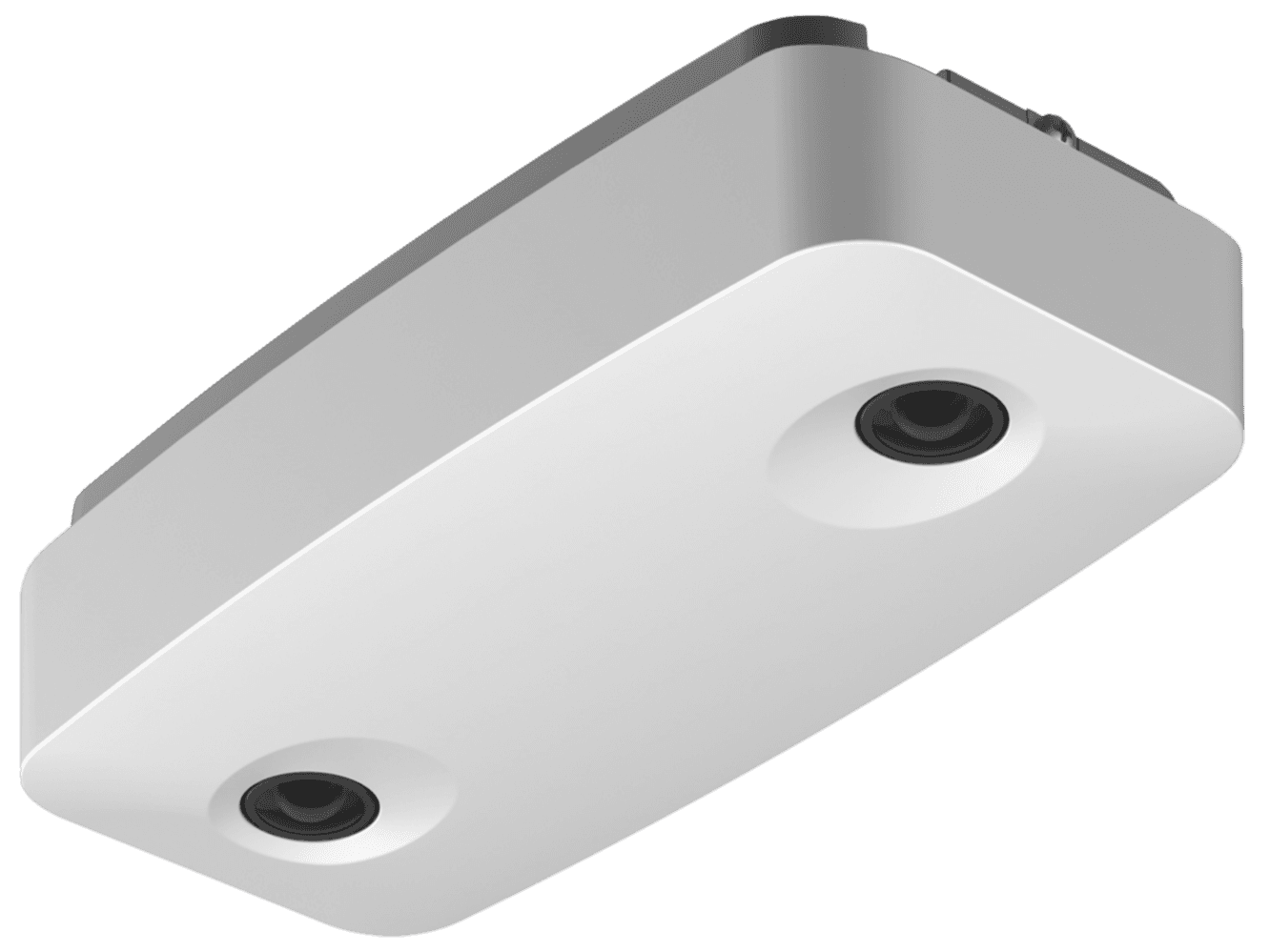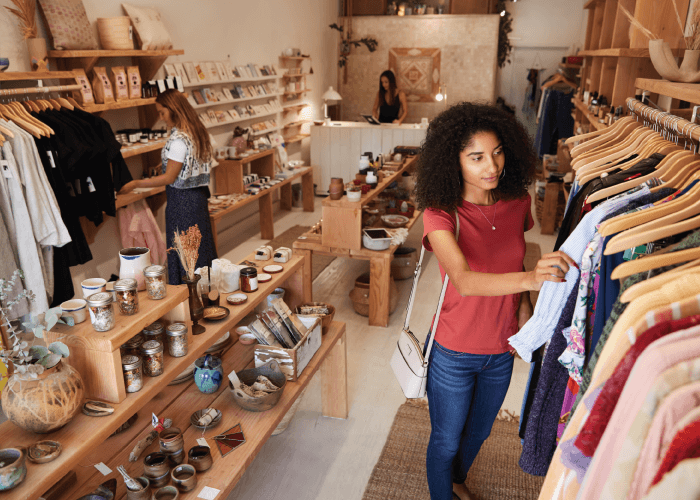Digital KPI’s IRL: E-Commerce Metrics for Brick-and-Mortar

Though the majority of transactions continue to be in stores, the analysis of store performance and the customer journey therein still mostly revolves around sales, sell-through, and margin. Meanwhile, e-commerce has been gifted with a myriad of KPIs around visitors to their site, what products shoppers are viewing and measuring their corresponding conversion. Since we have seen article after article confirming (once again) that stores, though constantly being reinvented, are not going anywhere, I wanted the next post in this series to cover how brands can start using KPI’s in their stores parallel to e-commerce, using Retail Labs to better quantify their value.
What Key Metrics Should I Be Looking At?
Below are some of the metrics you can and should be deriving for at least a subset of your stores to monitor your customer journey:
Pass-by Traffic = Ad Impressions: Windows are 24/7 billboards for your brand, garnering impressions by anyone walking by. Using video pass-by, a non-PII collecting technology, brands can estimate the number of people walking by their store every day. Brands can think of their windows as free advertising, or assign part of the cost of needing to operate the store to calculate cost per impression.
Traffic = Visits: Think about a shopper walking into your store, with all of the various products and areas laid out before her, like looking at a landing page. The traffic number is simply your visitor count, with that number divided by your pass-by traffic to calculate your click-through rate (CTR). As she walks through the store, it is like scrolling down a page or through carousels of different products. Total store conversion can be calculated using traffic and is a great KPI for understanding if a store’s sales are simply due to an influx of visitors or if they are efficient in converting the traffic they get.
Zone or Fixture Traffic = Product Impressions: As shoppers walk by the various fixtures or departments, those are like impressions of the product there. Understanding that a product isn’t meeting sell-through goals because it’s in a part of the store no one is walking by is important when trying to decide if it should be given up on. Imagine your daily store traffic is 500 people, and only 100 shoppers ever walk by a fixture with some of the new Holiday collection. The product may not be the culprit of the poor sales.

Shopper Dwells = Page Views: So only 100 shoppers walk by the product daily, but you find that 80 of them dwelled at the fixture (i.e., stopped to check out the product). Think of this as a page view or the product CTR. With 80% of shoppers who actually find this area stopping to engage with the product there, this starts to give you a pretty good idea that the issue isn’t the product, it’s the location.
Dwell Conversion = Page Conversion: Much like page conversion, understanding what % of shoppers dwelling at this Holiday fixture ultimately purchase the product from it can flesh out true performance. If on average 80 shoppers dwell at this fixture and 40 of them end up purchasing products from there, that’s a dwell conversion of 50%. This is objectively a good number but comparing it to the dwell conversion of other areas is useful. We can say pretty safely here that the fixture either needs a merchandising or marketing asset makeover, or the product should be moved somewhere in the store with better visibility.
Shopper Yield = Revenue per Visitor (RPV): The average value derived from each visitor is referred to as Shopper Yield in stores, and is great to estimate the value of each additional visitor. It also helps stores understand the value of customers while normalizing for traffic, allowing better comparisons across stores with different traffic profiles.
Conclusion
While the scale of individual stores will be vastly different than a website, using these metrics will make it easier to not only quantify the productivity of each area, but help brands understand where in the customer journey funnel- from pass-by to ultimate conversion - they are getting it right and where there are opportunities for improvement. Having this visibility gives brands more levers to pull and more clearly measure their impact, leading to happy customers and empowered teams across the brand from Store Operations to Merchandising.
The Retail Lab Series
CLICK HERE to read the first installment in the Retail Lab blog series, The "Why" Behind The In-Store Buy.
About the author:

Lauren Bitar, Head of Insights, Partnerships, RetailNext



